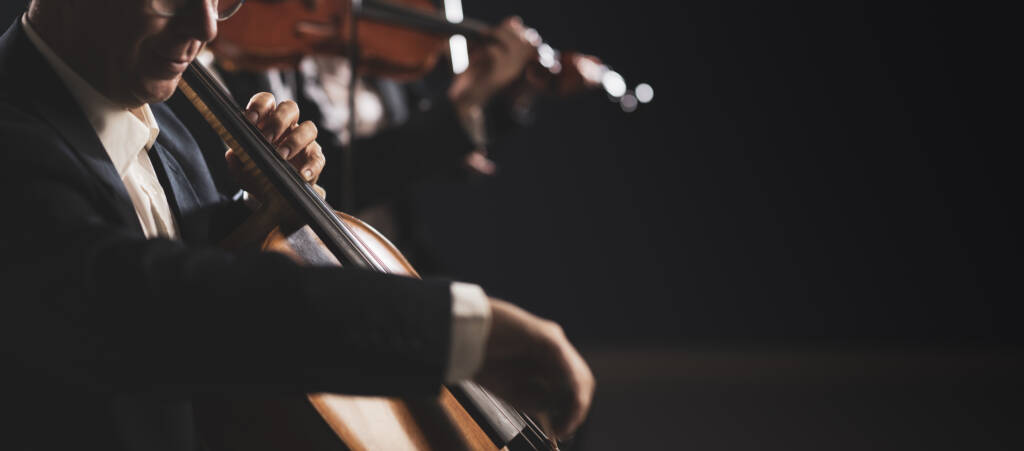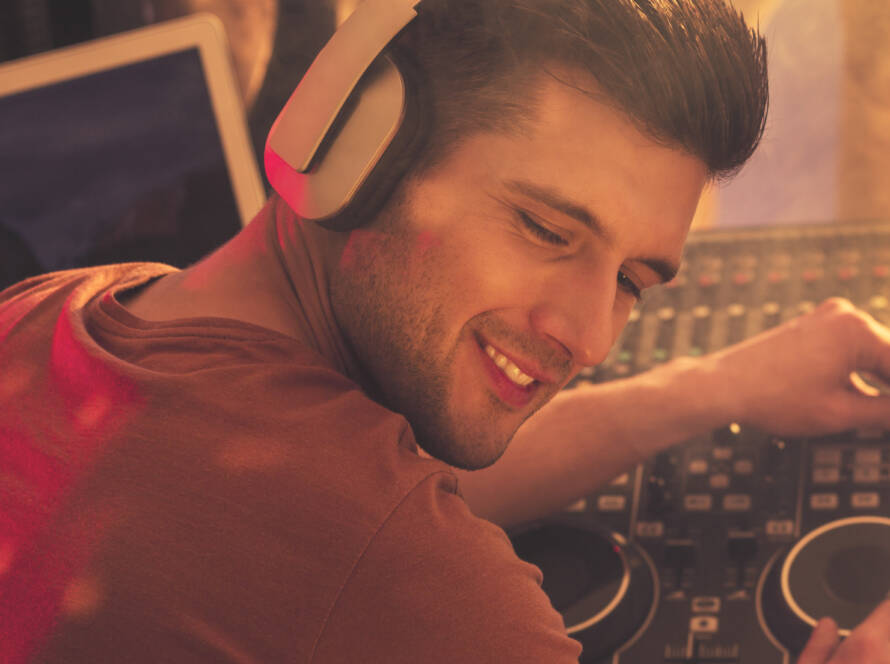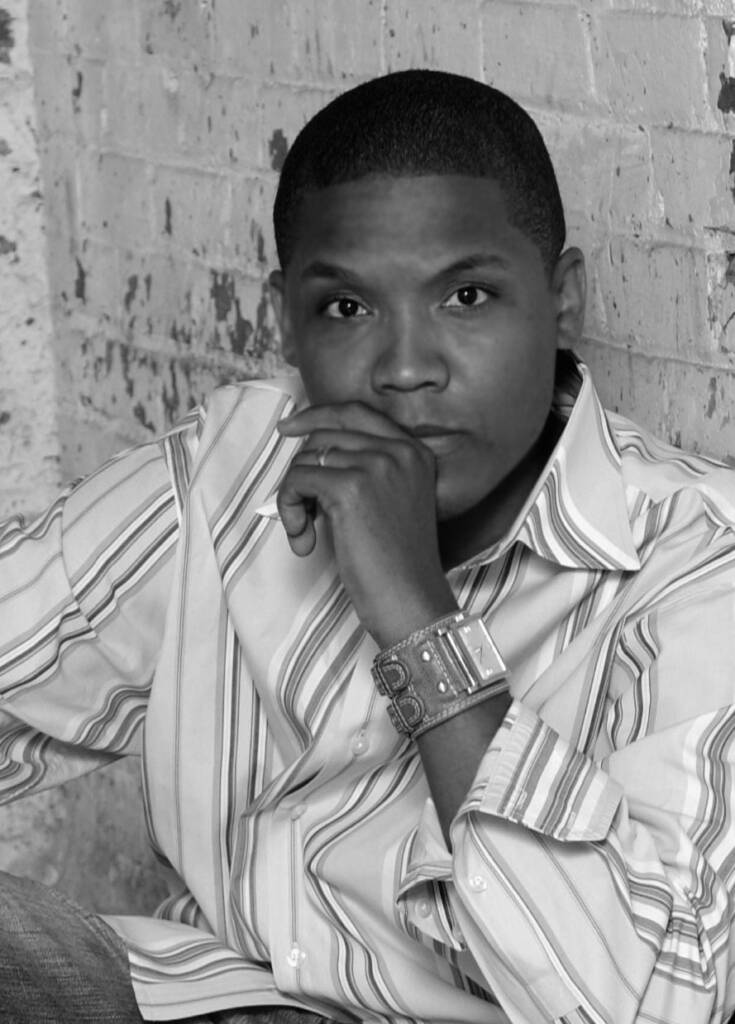Music has the incredible power to evoke a wide variety of emotions in its listeners. One of the most significant aspects of this emotional connection comes through the art of orchestration – the process of assigning different musical elements to specific instruments within an ensemble. In this blog post, we will explore how composers and arrangers can effectively translate visual cues into aural emotions using orchestration techniques.
Understand the Emotional Qualities of Different Instruments
Each instrument in an orchestra possesses unique timbral characteristics that lend themselves to creating specific moods and emotions. For instance, strings tend to create warmth and depth, while brass instruments convey power and grandiosity. By understanding these inherent qualities, orchestrators can strategically assign parts that reinforce the underlying emotions conveyed by visual cues.
Analyze the Visual Cues
In order to translate visual imagery into aural emotion effectively, it’s essential to analyze and interpret the visual cues carefully. Consider factors such as color, texture, movement, and contrast before diving into orchestration choices. These elements can inform decisions about which instruments or groups are most appropriate for conveying a particular mood or emotion.
Balance Harmony and Dissonance
The use of harmony and dissonance plays a crucial role in expressing emotions through orchestration. Harmonious chords tend to evoke feelings of happiness, tranquility or even nostalgia, whereas dissonant chords often create tension, unease or sadness. When translating visual cues into aural emotion, be mindful of how harmony and dissonance can impact the overall emotional landscape of your piece.
Utilize Dynamics and Textures
Dynamics are another critical element in crafting an emotionally resonant orchestration. Louder dynamics can imply excitement, anger or fear, while softer dynamics might suggest tenderness, sadness or introspection. The layering of textures can also convey emotions – dense textures often create intensity or agitation, while sparse textures can evoke feelings of peace or loneliness.
Experiment with Orchestration Techniques
Don’t be afraid to think beyond traditional orchestration techniques when seeking to translate visual cues into aural emotion. For example, consider utilizing extended techniques such as string harmonics or multiphonics, which can produce otherworldly or haunting effects. Also, combining unusual groupings of instruments, like pairing high woodwinds with low brass, can create a unique emotional atmosphere.
In conclusion, translating visual cues into aural emotion through orchestration is a complex and rewarding process. By understanding the emotional capacities of various instruments and being open to experimentation, composers and arrangers can create stunning works that bridge the gap between sight and sound, providing listeners with an immersive and memorable experience.




